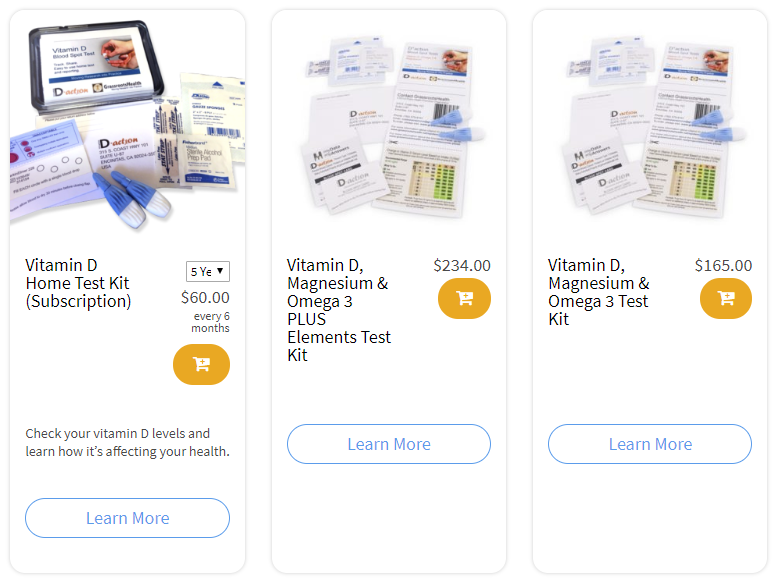Published on February 20, 2020
 In a previous post we showed how much supplemental magnesium GrassrootsHealth participants report taking. Today we will investigate whether supplemental magnesium intake affects vitamin D levels.
In a previous post we showed how much supplemental magnesium GrassrootsHealth participants report taking. Today we will investigate whether supplemental magnesium intake affects vitamin D levels.
Using the data provided for the GrassrootsHealth study from over 3,000 participants with supplemental magnesium information, we plotted every participant’s supplemental vitamin D intake (dose) and blood level (response) and determined the average trends for participants who reported taking no supplemental magnesium, those who reported taking 1 to 399 mg/day, and those who reported taking 400 mg/day or more.
The dose-response chart above shows that on average, those taking more supplemental magnesium have a higher vitamin D level for any given vitamin D intake amount than those taking less supplemental magnesium. Specifically, 146% more supplemental vitamin D was needed for 50% of the population to achieve 40 ng/ml (100 nmol/L) for those not taking supplemental magnesium compared to those who took 400 mg/day or more.
Below is a NEW myData-myAnswers chart which shows where YOU are in relation to other participants using the chart from today’s blog.
Could your vitamin D level be improved by adding magnesium?
Make sure you know your vitamin D level, and take steps to keep it within a target of 40-60 ng/ml or 100-150 nmol/L! Through GrassrootsHealth Nutrient Research Institute, you can also test your essential elements magnesium, copper, zinc and selenium, toxins such as lead, mercury and cadmium, as well as your omega-3 levels, inflammation levels and thyroid stimulating hormone (TSH) level. Find out your levels today! Log on to the test selection page (click the link below) to get your tests and see for yourself if your levels can be improved.
Make sure you track your results before and after, about every 6 months!
Click Here to Access the Test Page
How can I track my nutrient intake and levels over time?
To help you track your supplement use and nutrient levels, GrassrootsHealth has created the Personal Health Nutrient Decision System called
For each specific supplement, you can track what days you take it, how much, and many other details. This will help you know your true supplemental intake and what patterns of use work for you to reach and maintain optimum nutrient levels. Check it out today!









